We tend to take for granted all the medicine we have at our fingertips for our pets- ultrasounds, MRIs, surgeons with insane specialties. It’s easy to forget sometimes the conditions most of the rest of the world functions in. It’s one of the reasons I am in such awe of organizations like World Vets, which sends vets all over the world to not only help animals, but help the vets in other countries learn cutting edge skills.
Running a multi-national nonprofit like this presents challenges you never would think about until you actually get into it: you can’t just show up in a place, do a few fancy surgeries, and take off without taking into account the people that are already there who might resent your intrusion if not done properly. In the case of World Vets, training is a core part of the program: not only for the veterinary students who volunteer in order to acquire more skill, but for the local veterinarians who take an active role in the projects, get trained themselves, and can use those skills year-round to improve the life of the animals who live there. From their January press release:
This year, World Vets officially opened its first year-round International Training Center. Located in Granada, Nicaragua, the Latin America Veterinary Training Center will train over 500 Latin American veterinarians in 2012. In addition to Latin American veterinarians, the training center will also see 160 U.S. veterinary students this summer as part of the International Veterinary Medicine program offered by World Vets.
But what does this mean, really? It means when a pet is injured in a manner a veterinarian is uncomfortable treating, they have a good relationship with a mentor vet they can call for help, and everyone benefits. Take, for example, Princessa.
When she was a puppy, someone tied a piece of twine around her neck as a makeshift collar. Then they abandoned her to the streets. Over the months, she grew, but the twine did not. By the time she arrived at the clinic, the twine had actually grown into her neck and severed her trachea. (Some of the pictures might be graphic, just to warn those who are sensitive.)
Despite this significant injury, she was amazingly in good health otherwise, wagging her tail and showing no signs of the pneumonia or other symptoms one might expect, according to World Vets team leader Dr. Tom Parker. Dr. Parker, a regular international volunteer, agreed to help repair her injury.
“This is the second one like that I’ve seen,” he said, “Though this one was the most severe.”
As a shelter veterinarian for the Santa Fe, New Mexico Animal Shelter, Dr. Parker is used to a variety of unusual injuries. “A tracheal repair isn’t too complex,” he said, “but you do need to be careful of the carotid and the jugular, which are right there.” With the local veterinarians watching and learning, Dr. Parker told the team to prep Princessa for surgery.
As with any great organization, it’s a team effort. Here, husband and wife team Rachel and Kyle Baird intubate Princessa. It might be hard to tell, but because her trachea was entirely severed, the intubation first took place through the actual hole in Princessa’s neck. This is real life M*A*S*H stuff here.
Dr. Parker begins the process of freeing the trachea from the scar tissue and isolating the crucial carotid artery and jugular vein. First rule of surgery: avoid the big pulsing blood vessels.
Joining Dr. Parker are local veterinarians Dr. Jose Antonio Gomez Campos and Dr. Lester Tapia. Veterinary student Francisco Fonseca is in the back.
Once the trachea is isolated, Dr. Parker can debride the edges, creating fresh tissue that will grow together and re-seal the trachea. At this point, veterinary technician Rachel must remove the tracheal tube and re-intubate through the larynx. Once this is done, Dr. Parker can finish suturing the trachea, and close the incision.
World Vets, along with their corporate sponsors, was able to bring down crucial anesthesia equipment such as isoflurane machines and pulse oximeters that helped make this repair possible. But they left behind so much more than equipment and the new facility: they left knowledge, so the Nicaraguan veterinarians can confidently do this themselves in the future, and friendship. Everyone wins, most of all dogs like Princessa.
This should come as no surprise to anyone who’s done something like this, but Princessa captured the heart of one of the local vets who has been “fostering” her for several months. “I have a feeling,” Dr. Parker said, “that she’s going to keep her.”
World Vets is a volunteer organization that relies on donations, both of time and money. For more information and to sign up to volunteer for a future trip- hey, you might run into me if you go!- you can learn more here. Thank you to World Vets for giving me the opportunity to share this fantastic story!
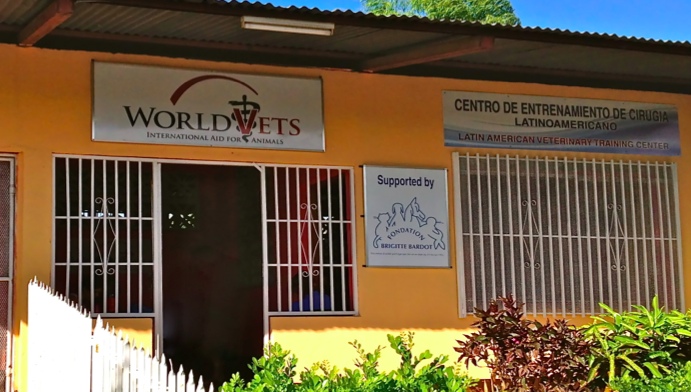
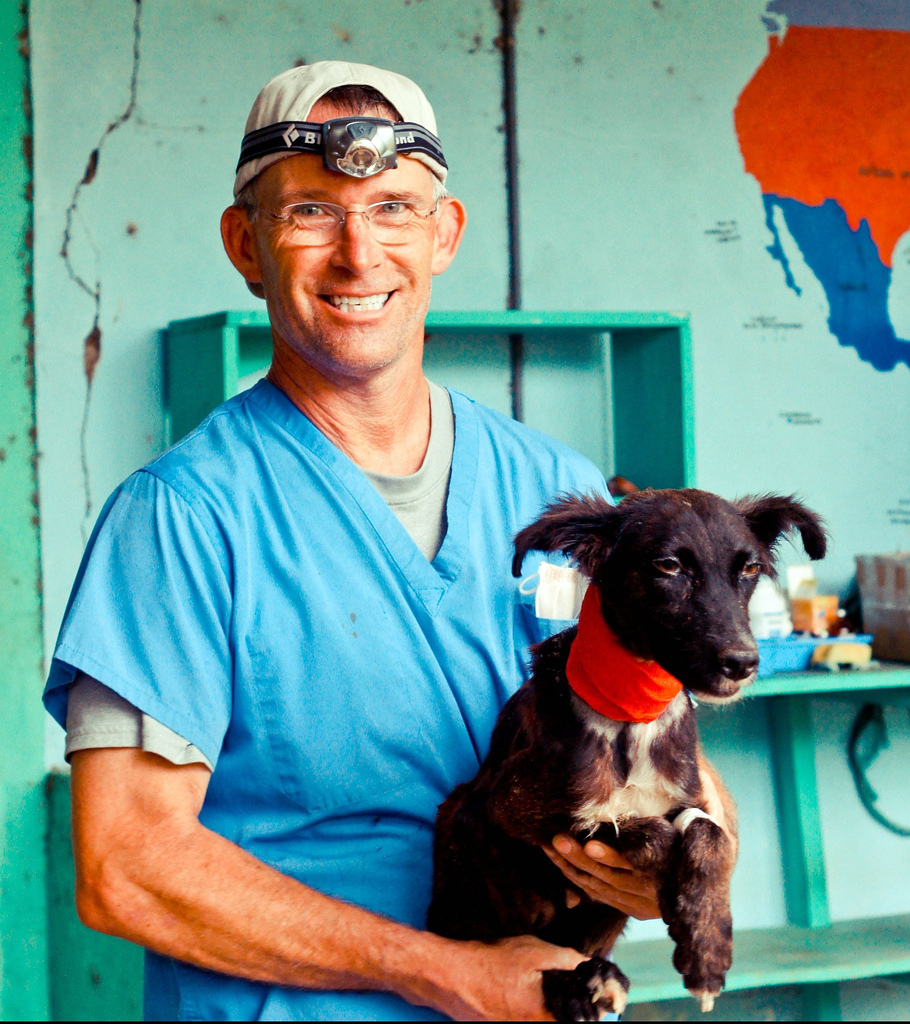
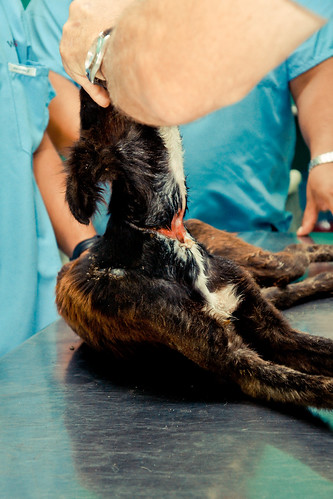
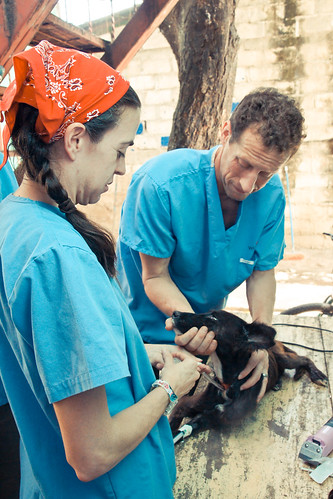

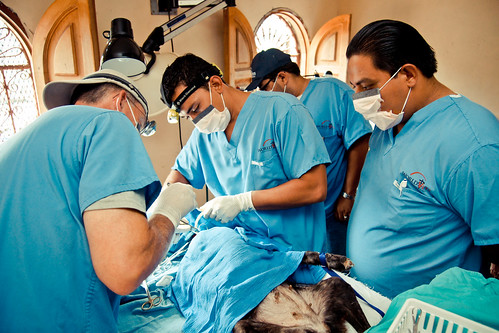
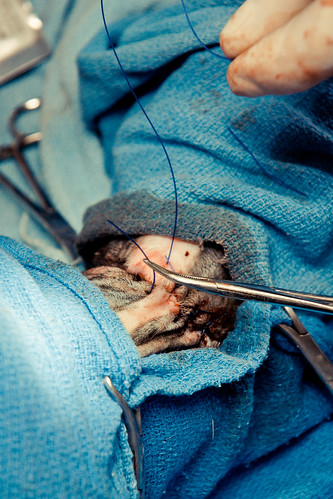






Holy smoke! There are people doing amazing things out there – volunteering, giving…it’s amazing! Thank you so much for sharing this information with me! It warms my heart!
I agree Sue, Cathy (the World Vets CEO) has me in awe when I think of all she has accomplished with this organization in such a short amount of time. And most of the vets have volunteered on multiple trips.
Wow! Just wow! I knew of World Vets and what wonderful work they do, but to see the pictures…Wow. May Princessa never suffer again, nor any of the animals that have been helped 🙂
I agree Tamara, the pictures really make it come home just how amazing it is.
I’m so happy that just a couple of weeks ago my daughter was able to be part of the wonderful work this important organization is doing in Nicaragua (and worldwide). Both animals and people are being helped. What a blessing!
As a World Vets Volunteer going on my fifth trip this year I can tell you it’s very rewarding. I am excited to be going back to Honduras this year. Honduras was my first trip 5 years ago and I fell in love with this form of volunteerism. Cathy has done an amazing thing with the organization.